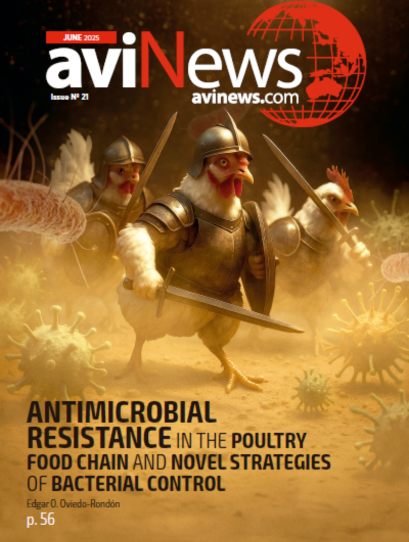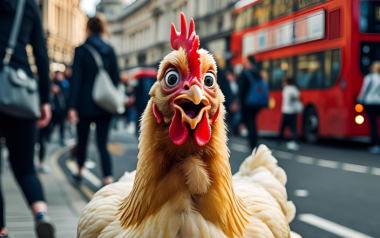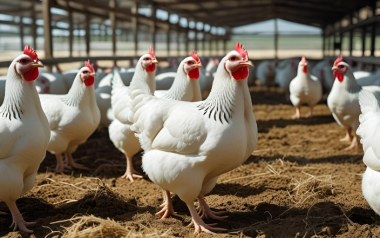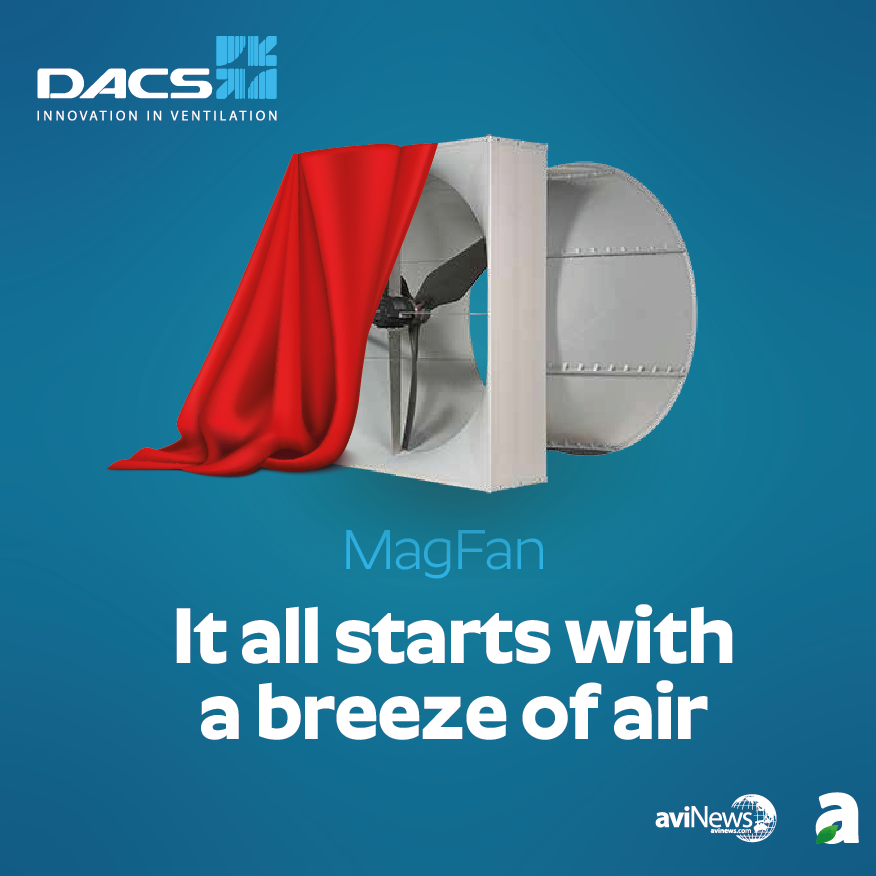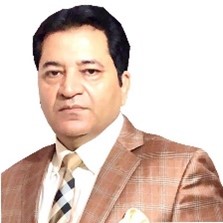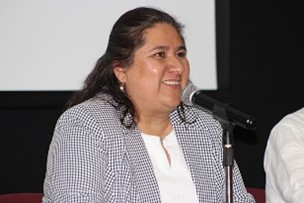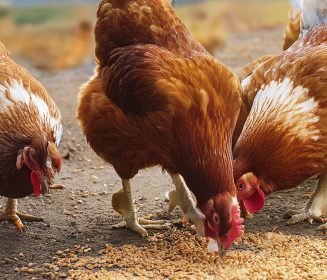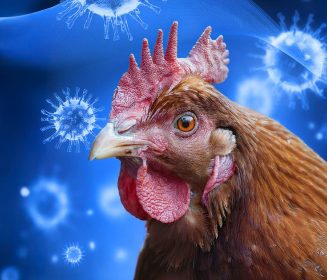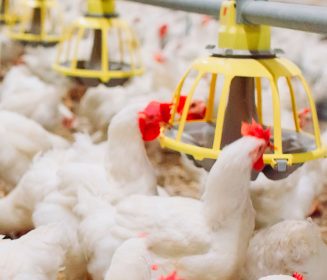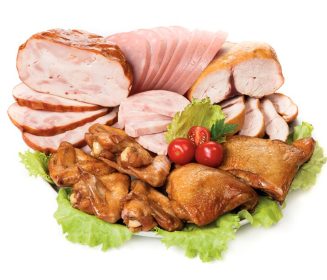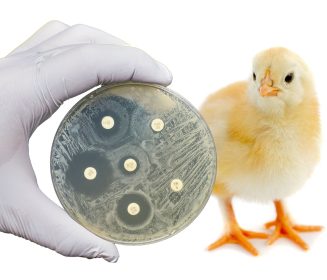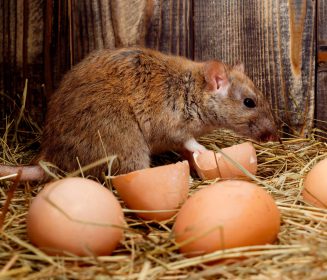23 May 2025
Heatwave hits poultry sector in Bangladesh
As claimed by the Bangladesh Poultry Association (BPA), during the month-long heatwave, poultry farmers have sustained a loss of about USD 25 million.
- Mild to moderate heatwave was sweeping across 14 districts of the country.
- Thousands of poultry are dying everyday due to extreme heat.
- Traditional farmers are victims of the heatwave.
The poultry sector in Bangladesh is again in distress due to heatwave. The April 2025 report from the Bangladesh Meteorological Department (BMD) stated that mild to moderate heatwave was sweeping across 14 districts of the country and it might continue.
The affected districts include Manikganj, Faridpur, Rajshahi, Pabna, Dinajpur, Sirajganj, Tangail, Lakshmipur, Feni, Jashore, and Chuadanga, as reported by The Financial Express.
In April also, Baghabari of Sirajganj experienced the temperature at 38.2oC, which experts termed moderate.
However, as in 2024, the heatwave showed no sign of respite and on May 10, Chuadanga recorded 42oC while Dhaka recorded its highest temperature at 40.1oC.
Similarly, according to the BMD, last year, 51 out of 64 districts of the country suffered blistering heat around 40-43oC.
A report stated poultry farmers in the countryside might face 30% production loss last year. The story is more or less the same this year, too.
As claimed by the Bangladesh Poultry Association (BPA), during the month-long heatwave, poultry farmers have sustained a loss of about USD 25 million.
The reason, according to BPA, is death in large numbers of the chickens of broiler and layer varieties. As the reports go, thousands of these birds are dying everyday due to extreme heat.
“The situation has been further compounded by load-shedding. The administration, on its part, appears to be either clueless, or accepted it as fait accompli,” wrote Syed Fattahul Alim of The Financial Express.
Especially, most at risk are the broiler and the Sonali varieties that are dying, according to reports, at a 10% rate, while the mortality rate of the layers is 5%, the report goes.
Farmers are the victims
The victims of the heatwave are obviously not the poultry companies, but the traditional farmers who cannot afford air coolers and other modern facilities to protect their chickens, according to Mr Alim.
Since the farmers lack the capital to recuperate their investment so lost, they would usually give up on chicken farming altogether and look for other ways for survival.
They may even migrate to cities to make a living either by selling labor or doing odd jobs.
“Since these millions of farmers across the country meet more than 80% of the demand for chicken meat and egg, it is easily imaginable what a devastating impact they would leave on the country’s nutritional health as well as food security if they go out of business in droves,” he said.
“In fact, the corporate sector with its 20% share of meat and egg production will not be able to bridge the nutritional gap any time soon. There is no scope to think that heatwave is a fortuitous event. It is clearly a product of climate change.”
Intervention from government
Without necessary intervention from the government both in terms of veterinary service and finance, how can the farmers hope to survive?
Mr Alim argued that now the challenge before the government is enormous.
The government will be required to come to the aid of the millions of poultry farmers spread across the country in a big way.
Since the heatwave is not a temporary issue, the government will have to adopt a long-term strategy to address the heatwave-related problems to save the marginal chicken farmers.
In this connection, the Veterinary Department will be required to be updated with modern research on how the advanced nations are coping with extreme heat so far as protecting their poultry birds are concerned.
However, “traditional knowledge would also be important here, since our chickens grow in the open and have higher level of immunity. The country’s veterinary scientists will have to blend traditional knowledge with modern knowhow to find out the most appropriate answer to protecting chickens against extreme heat,” he said.

